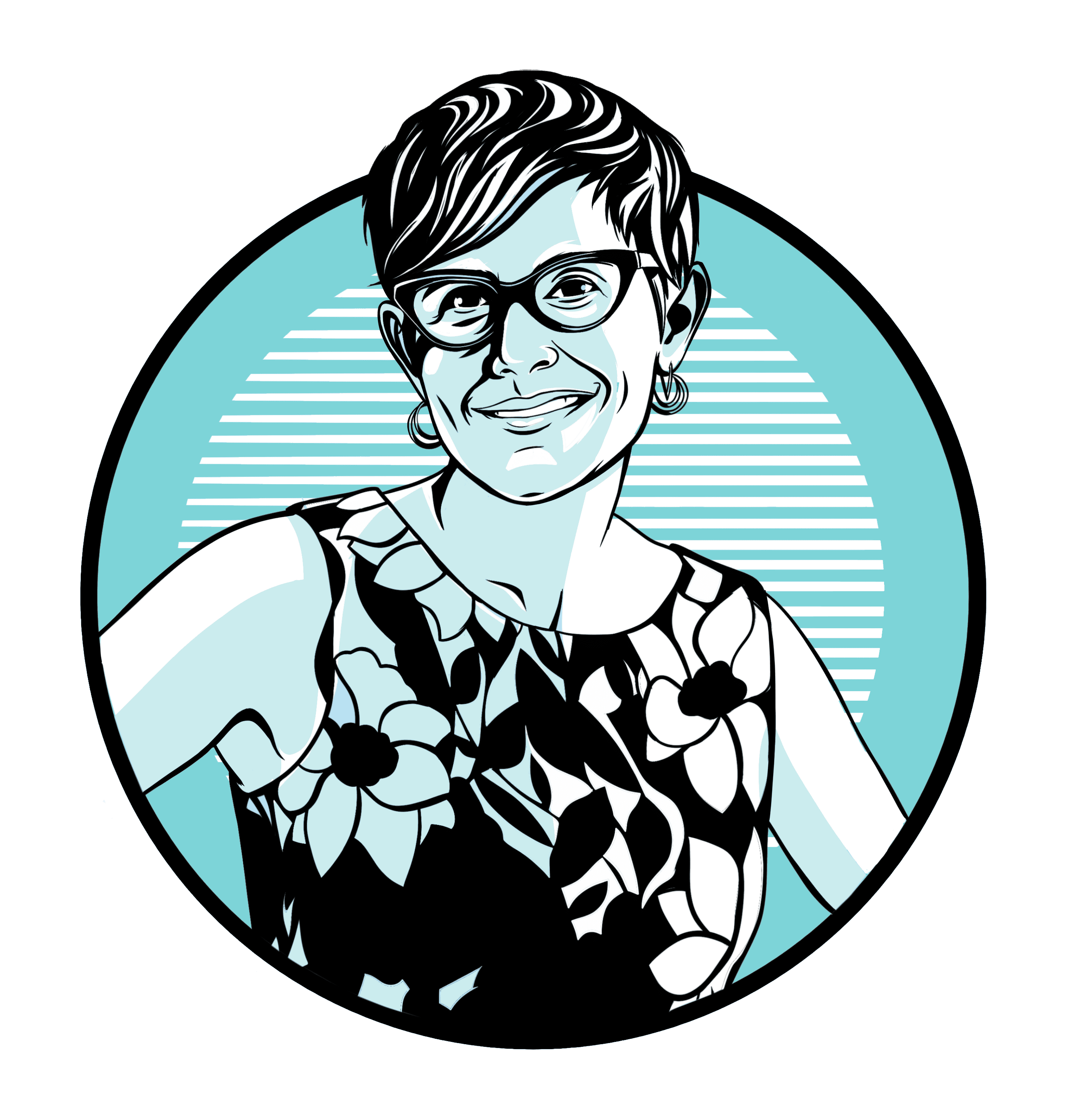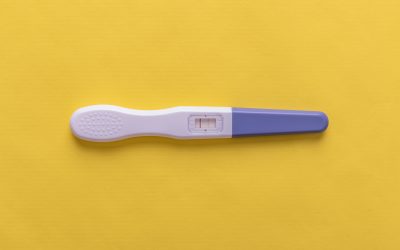
EDITOR’S NOTE: The length of this post is in violation of my “cut-to-the-chase” standard. Apologies in advance.

By Valerie Sedivy, PhD
December 4, 2023
With much joy but also much sadness, last week, we gave our warmest wishes to our beloved colleague and Director of Capacity Building, Valerie Sedivy, PhD. Valerie is on to her next adventure—we can’t wait to hear more—as she steps back into a kind of retirement (but not calling it that, she says!). We will miss you, Valerie, and we will always be thankful for all we learned and shared with you.
The year was 1987, and I was a recent college graduate who had made a giant mistake selecting a major. After a series of truly awful jobs confirming this assessment, I answered a want ad in the newspaper (it was a thing!) to be a medical assistant at a family planning center. I was put to work with a white coat, a can of Aqua Net (for affixing secretions to slides), a blood pressure cuff, a finger stick tool, and 5 minutes of training. Between patients, I read Contraceptive Technology and knew that I had found my happy place.
Soon, I was offered another five minutes of training in community education and handed a birth control kit. My first gigs included juvenile justice centers and schools for the blind and deaf, using notes that the administrators typed up on brown paper to ensure that we wouldn’t make personal copies of our own presentations. I also staffed a community center offering condoms and pregnancy testing. The owners of the building had trouble paying the bills, so in the winter, we brought sleeping bags to sit in and hot water in a thermos to thaw the frozen water in the toilet.
Fast forward to 1997 when I was a recent Ph.D. graduate, and a tiny organization called NOAPP (The National Organization on Adolescent Pregnancy) needed an evaluator for a new project. I set to work collecting data on teen pregnancy prevention programs across the country, soon realizing that the bigger story was the difference between how programs looked on paper and the way they were implemented in practice. When the programs didn’t demonstrate positive outcomes, we needed to caution people that they shouldn’t assume that the programs didn’t work, because it turned out that those programs were actually not implemented as planned. The CDC got interested in what was happening with this project (and the concept of program fidelity) and invited us to national conversations about getting scientific with our programming. You know where this is going—the concept of the EBI was born.
Today, NOAPP is Healthy Teen Network, with a staff of 20+ and a capacity-building department that has helped our field strengthen the way they serve young people and has helped us learn from one another at a spectacularly orchestrated annual conference (I am not the lead on this event, so it’s OK for me to brag.). I’m so proud to have been in the trenches and to have had the opportunity to lead this wonderful team.
Like everyone who says goodbye to a long career, I wish I had some unique words of inspiration or insight to offer. I have learned that it’s important to keep talking with people who you might think of as the enemy. I have learned that this is very hard, and very rewarding when it works. I have learned that good colleagues are everything. I’ve been so lucky to have had them here at Healthy Teen Network and across this wonderful field.
I will miss you all.
Valerie Sedivy, PhD, is Director of Capacity Building at Healthy Teen Network, and if you’re looking for training or support, she will be your first point of contact. Her passion is helping you figure out what you need (and what you don’t), and in finding creative and feasible ways to meet those needs. Read more from Valerie.












